
MY 2007 CHEVROLET EXPRESS has gone 340,000 miles, and although the 4.8L V8 engine is still working, it has felt rather tired, especially on hills. A compression test and a leak-down test confirmed my set-of-the-pants impression. Looks like it’s time for an automotive heart transplant.
A bad engine is a justifiably huge fear for nomads, because repairs are so expensive. But how likely is it your engine will suddenly seize or blow up? What will probably happen instead?
According to a study by the National Highway Traffic Safety Administration, about 25% of all vehicles on the road will experience an engine problem at some point during their lifetime, with 100,000 miles being sort of a tipping point where the problems start cropping up in cars. With trucks it’s more like 250,000 miles.
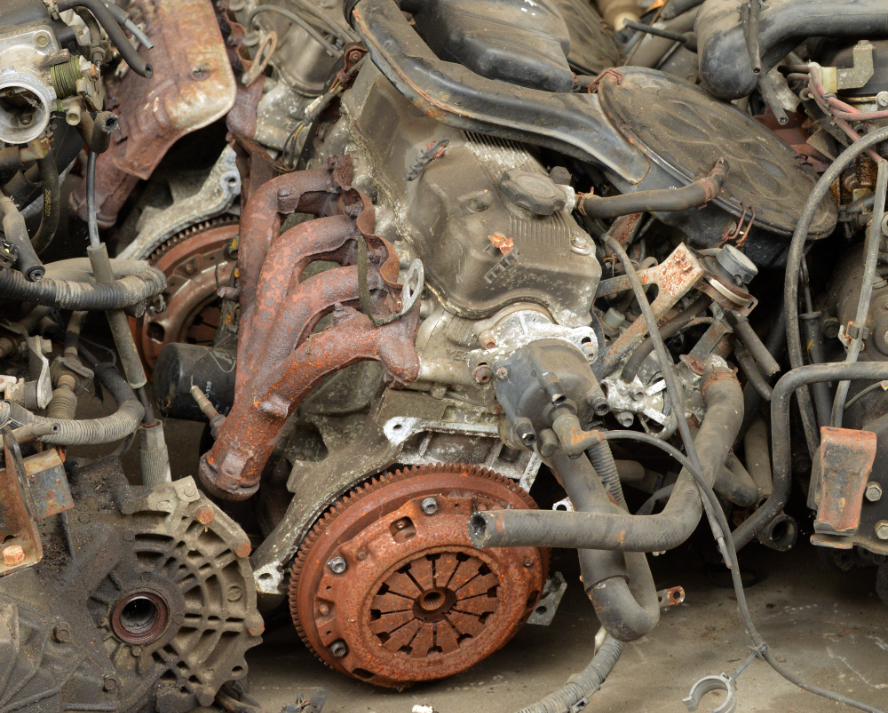
According to surveys of auto repair businesses, these are the most common problems that mechanics deal with:
Engines: misfires, engine overheating, and oil leaks
Transmission: fluid leaks, transmission slipping
Brakes: squealing, brake grinding, warped rotors, worn pads, fluid leaks
Tires: flats, tread wear, tire alignment
Suspension: squeaking, clunking, alignment problems, worn shocks or struts
Exhaust: leaks, manifold cracks, catalytic converter failures, corrosion, muffler deterioration
Electrical: dead batteries, failing alternators, blown fuses, faulty wiring, faulty sensors
Air conditioning: low refrigerant levels, faulty compressors, leaks.
Heating: low coolant levels, faulty thermostats, clogged heater cores, faulty controls
Steering: power steering fluid leaks, power steering pump failures, steering wheel vibration
Notice that most of these problems are with subsystems, not the engine itself. Some of the problems are ordinary maintenance things. And some of them are early warning signs of much bigger issues. Since the engine is our huge concern, let’s concentrate on those symptoms.
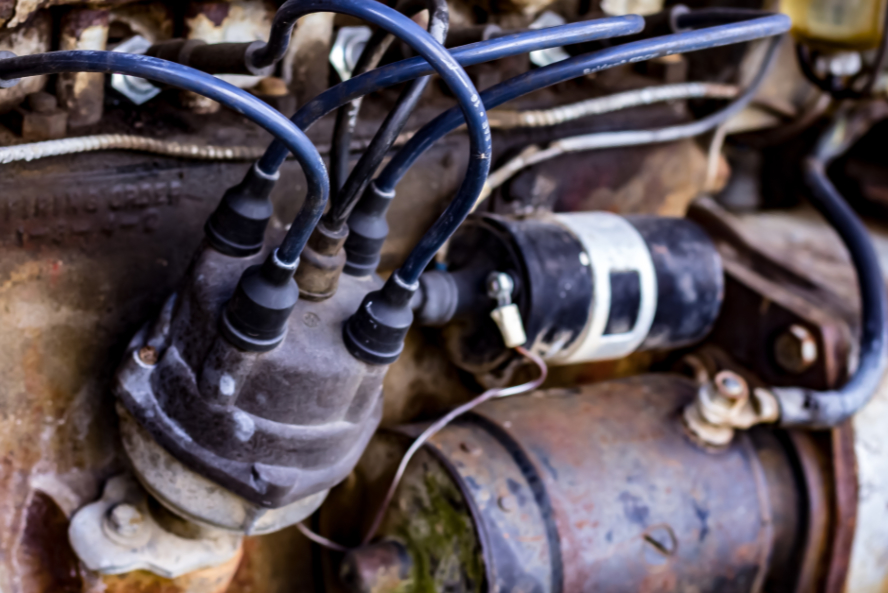
Engine Misfires
What’s going on when the engine runs rough, stutters, bogs down, or otherwise doesn’t hum happily along? Here are the top culprits, ranked by likelihood.
Spark plugs wear down over time and need to be replaced, usually after 80,000 to 100,000 miles. (See your owner’s manual for suggested service intervals.) Sometimes the heat and vibration of ordinary driving, ham-fisted wrenching by mechanics or DIYers, or manufacturing defects, can cause a spark plug to break.
Ignition coils increase the voltage of the electrical signal before sending it to the spark plugs. Up until the past few decades engines had only one coil and the electrical pulse was distributed to the spark plugs by the aptly named distributor. But computerization of the electrical system allowed greater control over ignition timing. Rather than a distributor’s single constant setting, the engine control unit could vary the timing to suit different conditions, like acceleration and cruising. This requires individual coils for each cylinder. Like any electronic part, they can go bad, sparking intermittently or not at all.
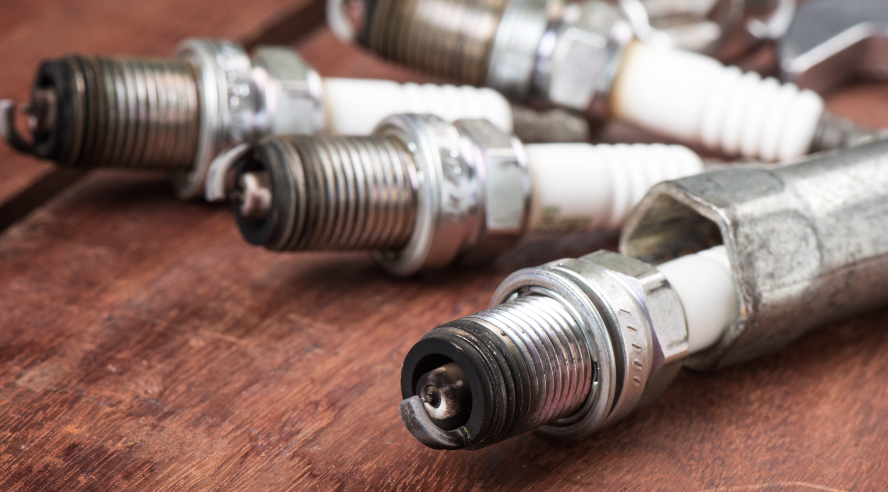
Spark plug wires. Some engines uses coils that connect directly to the spark plugs. Otherwise there are cables connecting them. The cables become less efficient with age.
Fuel injectors are electronically controlled nozzles that spray fuel into the cylinders. They can fail in two ways. One is that the electronic components that time the sprays can go bad. The second is that bad fuel and contaminants can clog the nozzles.
Bad fuel-air mixture. Fuel needs to be mixed with air in a proper ratio in order to burn. It used to be that the ratio was set by needle valves screwed into carburetors. But, as with the distributors mentioned earlier, that left you with a single constant setting that was not the best in all situations. It also made emission control and fuel maximization more difficult. Digital fuel injection adjusts the ratio on the fly. Various sensors monitor the ratio and emissions, so a faulty sensor might cause ratios that are too “rich” or too “lean,” leading to poor performance and rough running.
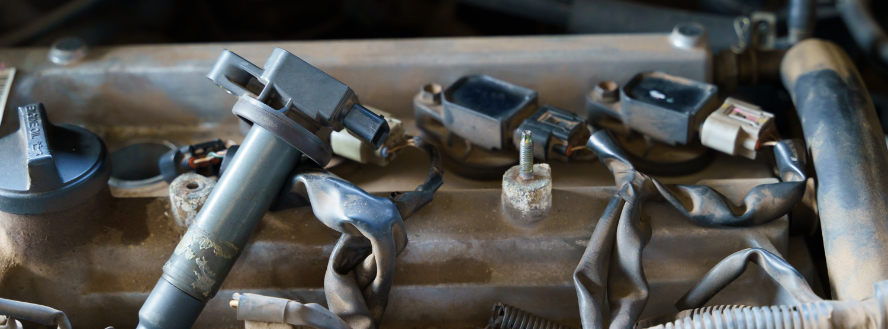
If I were to arrange these problems by cost of parts, higher to lower, it would probably be injectors, coils, sensors, spark plug wires, spark plugs. Ranked by cost of labor, it would be about the same order, but with spark plugs and wires trading places.
Engine Overheating
Overheating is both a symptom of problems and a potential cause of engine damage.
Low coolant level is the most likely cause of overheating. (You have been checking the level, right? If not, consult your owner’s manual.) The big question is, “Why is the level low. Where is the coolant going?”
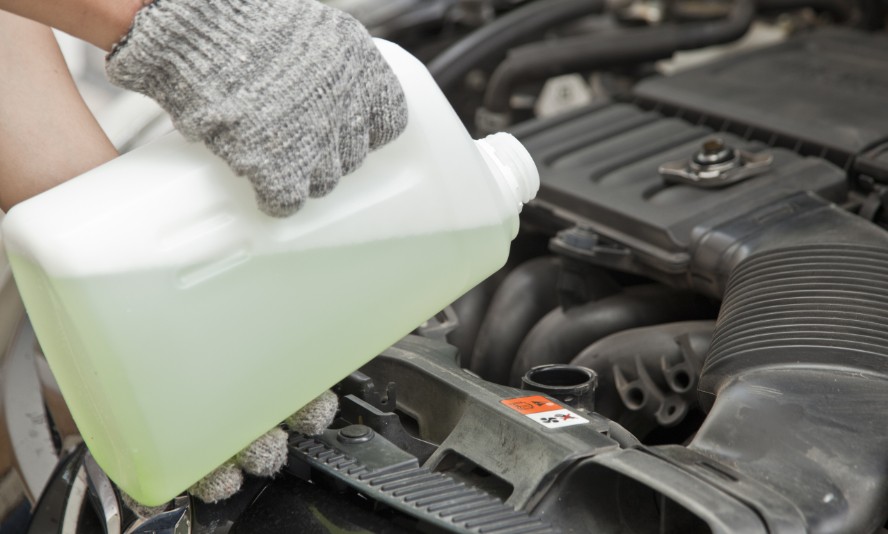
Faulty thermostat. Cooling system thermostats are very simple devices (a valve actuated by heated wax) but they can clog up and get stuck, diverting the coolant from the radiator. Thermostats are more likely to clog if you’re adding water with high mineral content to the cooling system. It’s better to use pre-mixed coolant.
Faulty temperature sensors can fail to relay accurate information to the engine control unit, which then makes erroneous adjustments to the other engine systems.
Clogged radiator. Dirt, mud, leaves, bugs, scraps of paper or plastic, or whatever can block airflow through the radiator. Minerals in the coolant can clog the interior of the radiator.
Leaking radiator. Pebbles can puncture the radiator. Vibration can fracture a joint where the intake and outlet are attached to the radiator core.
Leaking hoses. They get old and brittle. Or they might not have been installed securely.
Water pumps wear out and move less coolant through the system. Or they can become encrusted by minerals in the water. Or the gasket can leak.
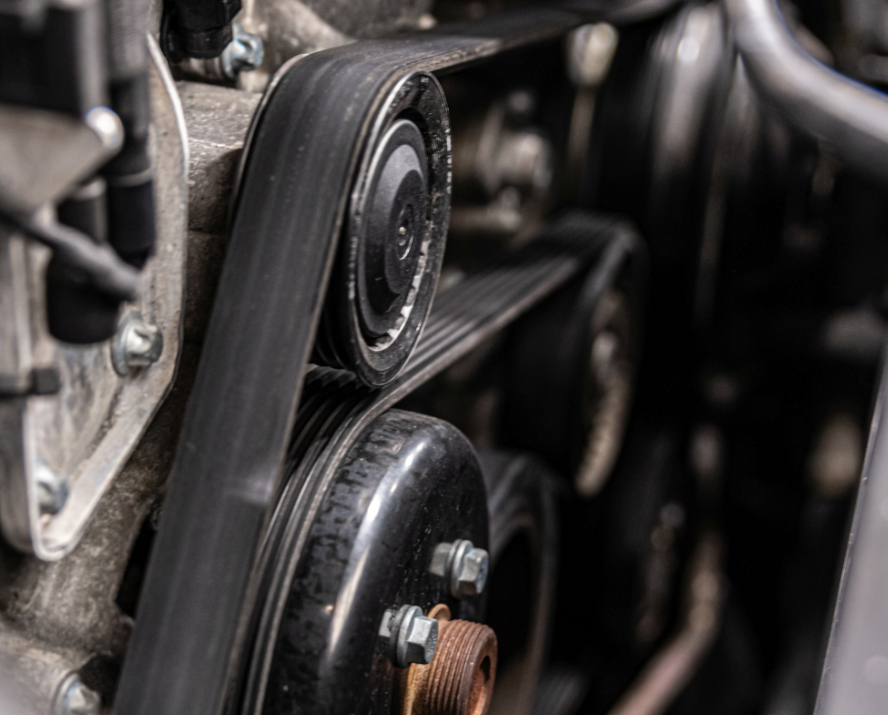
Slipping fan belts can fail to spin the water pump (as well as the other things it powers).
Faulty radiator fans. Electric fans can burn out or have short circuits in the wiring. Mechanical fans can fail to be turned by the fan belt or their clutches my fail to engage.
Defective or “blown” cylinder head gaskets. Overheating can damage head gaskets, allowing coolant to leak out of the engine, which causes further overheating and damage. Or coolant can leak into the oil passages which ruins the oil and rusts internal engine parts. Or oil can leak into the cooling passages, messing with the water pump and thermostat, causing more overheating.
The labor to repair head gaskets — or to just tear things apart enough to see whether there’s damage — can be astonishingly high. That’s particularly the case with a van, where the engine is harder to get to. And when a cylinder head gasket blows, it often warps the head, necessitating machining or replacement. At that point it’s sometimes cheaper to replace the entire engine.
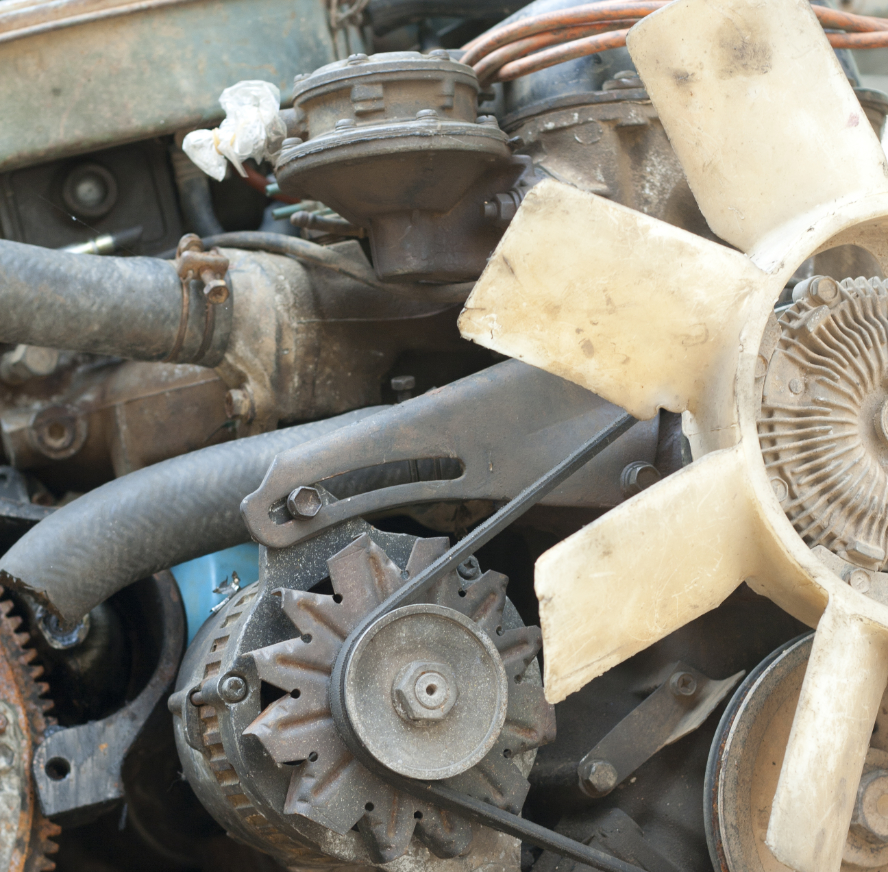
Which brings us back to my van
Besides being sluggish, my van has been consuming coolant. The temperature gauge rarely went above normal, but sometimes I would hear the sound of boiling water after I turned off the engine. Neither mechanics nor I can detect any external leaks.
So, yeah, there’s probably a damaged gasket or two. That could explain the poor leak-down test results. At least there has been no water in the oil.
I sensed something was wrong a couple of years ago, so I got more serious about building up my savings. My job running this site has helped. So has reducing my wandering. And a little money I inherited. And some relatively good luck.
Everything is lined up with the repair shop. The trick now is actually getting the new engine. Ergh, supply chain issues.
Mechanical problems don’t magically go away
I know most of us nomads are broke and that regular maintenance takes a bite out of what little money we have. But cars don’t heal themselves. Neglected minor problems only get worse. A reliable rig is at the core of this life. Otherwise, we’re just living in junked vehicles.

Loads of easy read info. Thank you!!
I’ve owned one vehicle or another for 55 years. I have only had three of those problems. I am VERY lucky.
Another excellent well written article. Thank you.
Very thorough with excellent detail.
Easy to understand. Thank you Al!
Very helpful reading for me thanks.